Regions of Argentina, the eighth-largest country in the world, is a land of diverse landscapes, rich cultural heritage, and a storied history. Comprising 23 provinces and an autonomous city, Buenos Aires, the nation offers a tapestry of regions each with its own unique characteristics. In this comprehensive overview, we will delve into the provinces and the capital city, exploring their distinct features, cultural contributions, and significant landmarks.
1. Buenos Aires
Capital Buenos Aires
Highlights
– Cultural Hub Buenos Aires is the cultural and economic heart of Argentina, known for its vibrant arts scene, theaters, and museums.
– Tango Capital The birthplace of tango, Buenos Aires offers visitors the chance to experience this passionate dance in its authentic setting.
– Historic Architecture The city boasts a mix of architectural styles, from colonial buildings in San Telmo to modern structures in Puerto Madero.
2. Catamarca
Capital San Fernando del Valle de Catamarca
Highlights
– Ambato Valley Known for its scenic beauty, the Ambato Valley in Catamarca is characterized by colorful landscapes and traditional villages.
– Ancient Ruins Catamarca is home to ancient archaeological sites like the El Shincal ruins, offering insight into pre-Columbian civilizations.
3. Chaco
Capital Resistencia
Highlights
– Impenetrable National Park A vast national park known for its dense forests and diverse wildlife, providing a unique ecological experience.
– Carnival of the Sun Resistencia hosts an annual carnival celebrating indigenous cultures with vibrant parades and traditional performances.
4. Chubut
Capital Rawson
Highlights
– Peninsula Valdés A UNESCO World Heritage site, famous for its diverse marine life, including whales, seals, and penguins.
– Welsh Heritage The province has a significant Welsh influence, with towns like Gaiman preserving Welsh traditions and architecture.
5. Córdoba
Capital Córdoba
Highlights
– Sierras de Córdoba A mountain range offering picturesque landscapes, outdoor activities, and charming towns like Villa General Belgrano.
– Historic Jesuit Estancias Córdoba is home to UNESCO-listed Jesuit estancias, showcasing colonial architecture and history.
6. Corrientes
Capital Corrientes
Highlights
– Iberá Wetlands One of the world’s largest wetlands, Iberá is a haven for wildlife, including capybaras, caimans, and a variety of bird species.
– Chamamé Music Corrientes is known for the chamamé, a traditional folk music style reflecting the region’s cultural roots.
7. Entre Ríos
Capital Paraná
Highlights
– Termas de Colón Famous for its hot springs, Entre Ríos offers relaxation and wellness in the Termas de Colón spa.
– Carnival of Gualeguaychú One of the most famous carnivals in Argentina, known for its elaborate costumes and lively parades.
8. Formosa
Capital Formosa
Highlights
– Pilcomayo National Park Rich in biodiversity, the park is home to various species of flora and fauna, including capybaras and anteaters.
– Traditional Crafts Formosa is known for its indigenous communities producing traditional crafts and textiles.
9. Jujuy
Capital San Salvador de Jujuy
Highlights
– Humahuaca Gorge A UNESCO World Heritage site, known for its stunning landscapes and indigenous Quechua communities.
– Cerro de los Siete Colores In the town of Purmamarca, this hill displays seven distinct colors, creating a mesmerizing natural spectacle.
10. La Pampa
Capital Santa Rosa
Highlights
– Lihué Calel National Park A national park offering diverse ecosystems, including forests, plains, and archaeological sites.
– Agricultural Heritage La Pampa is an agricultural region known for its cattle ranching and traditional rural lifestyle.
11. La Rioja
Capital La Rioja
Highlights
– Talampaya National Park A UNESCO World Heritage site, featuring red rock formations and ancient petroglyphs.
– Vineyards of Chilecito La Rioja is known for its vineyards, producing the region’s signature Torrontés wine.
12. Mendoza
Capital Mendoza
Highlights
– Wine Country Mendoza is one of the world’s great wine regions, known for its Malbec wines and picturesque vineyards.
– Aconcagua The highest peak in the Americas, Aconcagua attracts climbers and nature enthusiasts to its challenging slopes.
13. Misiones
Capital Posadas
Highlights
– Iguazú Falls A UNESCO World Heritage site, Iguazú Falls is one of the world’s most stunning natural wonders, surrounded by lush rainforest.
– Jesuit Missions Misiones is home to well-preserved Jesuit missions, reflecting the region’s colonial history.
14. Neuquén
Capital Neuquén
Highlights
– Patagonian Andes Neuquén offers access to the Patagonian Andes, with opportunities for skiing, trekking, and mountaineering.
– Villa La Angostura A picturesque town on the shores of Lake Nahuel Huapi, known for its alpine architecture and outdoor activities.
15. Río Negro
Capital Viedma
Highlights
– Bariloche A popular tourist destination, Bariloche is known for its Swiss-style architecture, chocolate shops, and stunning Lake Nahuel Huapi.
– Atlantic Coast Río Negro has a beautiful Atlantic coastline, featuring beaches, wildlife reserves, and marine activities.
16. Salta
Capital Salta
Highlights
– Colonial Architecture Salta is renowned for its well-preserved colonial architecture, including the Salta Cathedral and San Francisco Church.
– Train to the Clouds One of the world’s highest train journeys, offering breathtaking views of the Andes and surrounding landscapes.
17. San Juan
Capital San Juan
Highlights
– Ischigualasto Provincial Park Known as the Valley of the Moon, this park features unique rock formations and fossils.
– Wine Production San Juan is part of Argentina’s wine-producing region, known for its Syrah and Bonarda wines.
18. San Luis
Capital San Luis
Highlights
– Sierras de las Quijadas National Park A national park known for its rugged canyons, diverse wildlife, and hiking trails.
– Potrero de los Funes A volcanic lake surrounded by picturesque landscapes,
offering recreational activities.
19. Santa Cruz
Capital Río Gallegos
Highlights
– Los Glaciares National Park A UNESCO World Heritage site, known for the stunning Perito Moreno Glacier and towering peaks.
– Tierra del Fuego The province extends to Tierra del Fuego, offering access to the southernmost reaches of Argentina.
20. Santa Fe
Capital Santa Fe
Highlights
– Rosario Argentina’s third-largest city, known for its modern architecture, cultural events, and the Paraná River waterfront.
– Historic Sites Santa Fe has historic sites, including the National Flag Memorial in Rosario.
21. Santiago del Estero
Capital Santiago del Estero
Highlights
– Termas de Río Hondo A popular thermal spa destination, known for its hot springs and wellness tourism.
– Folklore and Traditions Santiago del Estero is considered the “Folklore Capital of Argentina,” preserving traditional music and dance.
22. Tierra del Fuego, Antártida e Islas del Atlántico Sur
Capital Ushuaia
Highlights
– Ushuaia The southernmost city in the world, Ushuaia is a gateway to Antarctica and offers stunning landscapes and outdoor activities.
– Beagle Channel A navigable strait separating islands of the Tierra del Fuego Archipelago, known for its scenic beauty and wildlife.
23. Tucumán
Capital San Miguel de Tucumán
Highlights
– Tucumán House The historic house where the Argentine Declaration of Independence was signed in 1816.
– Tafi del Valle A picturesque town surrounded by mountains and lakes, known for its artisan crafts and outdoor activities.
Conclusion:
Argentina’s provinces and capital city collectively form a diverse and captivating nation, offering everything from the cultural vibrancy of Buenos Aires to the natural wonders of Iguazú Falls and the Andes. Each region contributes to Argentina’s identity, shaped by a history of indigenous cultures, colonial influences, and a modern spirit of innovation and creativity. Whether exploring the wineries of Mendoza, the glaciers of Patagonia, or the traditional folklore of Santiago del Estero, Argentina invites visitors on a journey of discovery and appreciation for its multifaceted beauty. From the northern deserts to the southernmost reaches of Tierra del Fuego, Argentina stands as a testament to the richness and diversity of South America’s second-largest country.


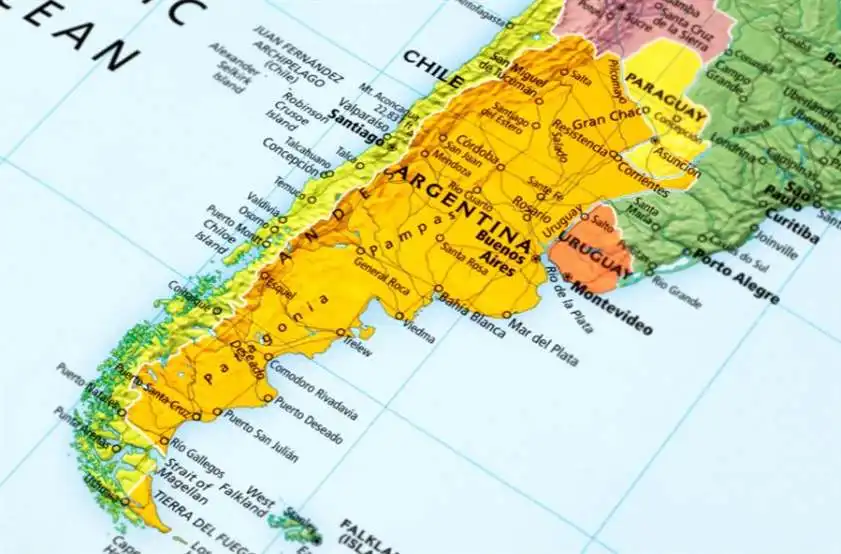
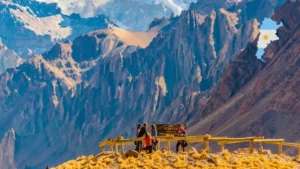






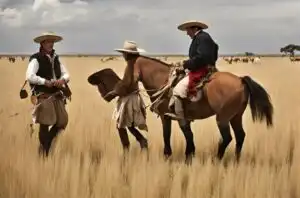

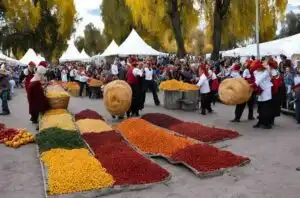







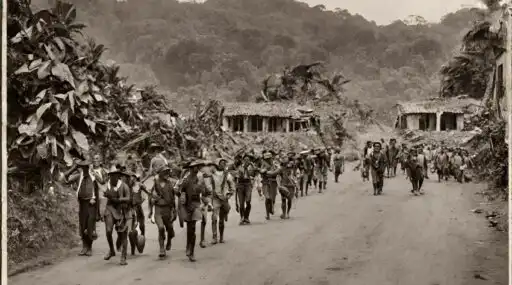









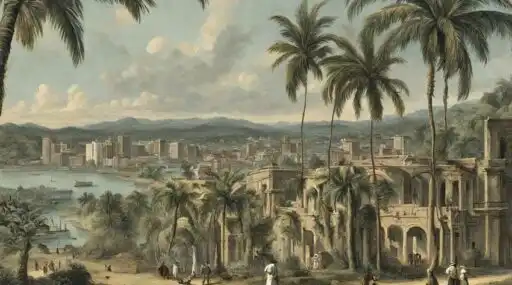
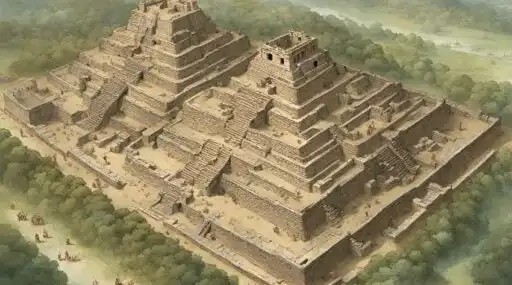

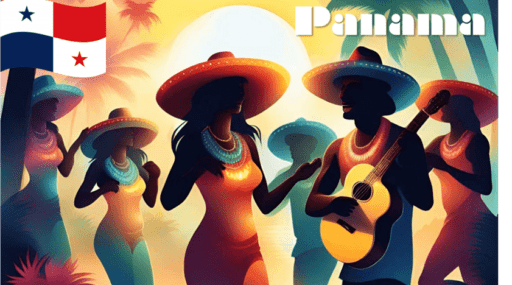




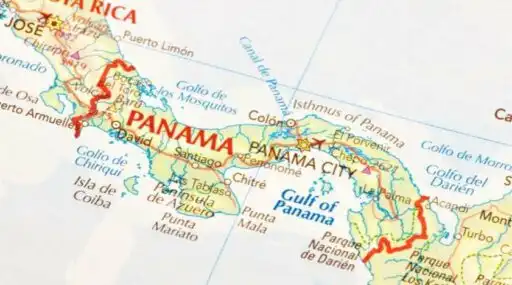


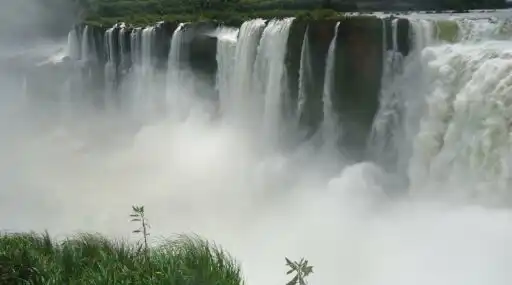







Leave a Reply